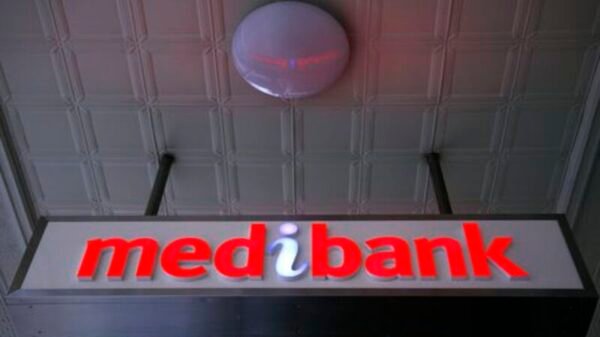More people are relying on public transportation and MTA has to cater to the increasing number of riders. With MTA’s inconsistent and unreliable service, MTA is planning to increase fare prices to provide better service to consumers.
Subway and bus services have been plagued with delays and incompetent service this past year despite an increase of riders this past year.
MTA has almost definite plans of increasing the base price of fare from $2.75 to $3. MTA is going for a projected goal of at least $300 million annually. Prices for other metro cards such as 7-day and 30-day may also increase.
MTA officials state that they would not raise prices unless they see a mutual pain for everyone by doing so. If financial forecasts in November do well, then MTA will rethink about the price hike.
A 4% fare increase for MTA will earn $308 million annually until 2020. In addition, if MTA follows its trend of metro card fare spikes, MTA will earn another $584 million in two years time.
In 2015, MTA earned $7.7 billion in toll and fare earnings. According to budget reports, this amount only makes up for half of the cost that MTA needs to run its transportation systems.
In February, MTA earnings did not reach its projected goal and instead missed its benchmark by $182 million.
Although this fare increase will help MTA provide better service for its consumers, some consumers are still discontent with the fare increase back in 2015. Increasing the fare by a quarter can hugely impact low-income workers. Other riders are willing to pay a little extra if MTA promises better service and punctual trains.
Mayor Bill De Blasio is trying to find an alternative to the fare hike and help low-income workers. He wants to see if there is a way to earn enough money for the MTA without digging a whole in the pockets of the poor.








































Comment Template